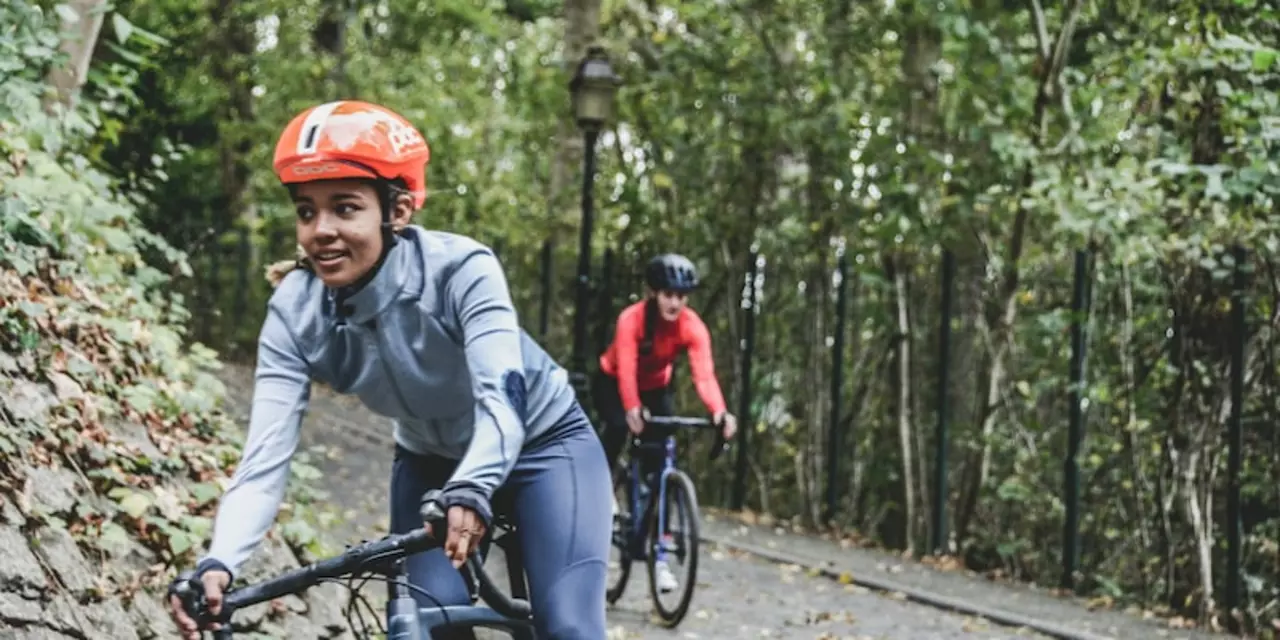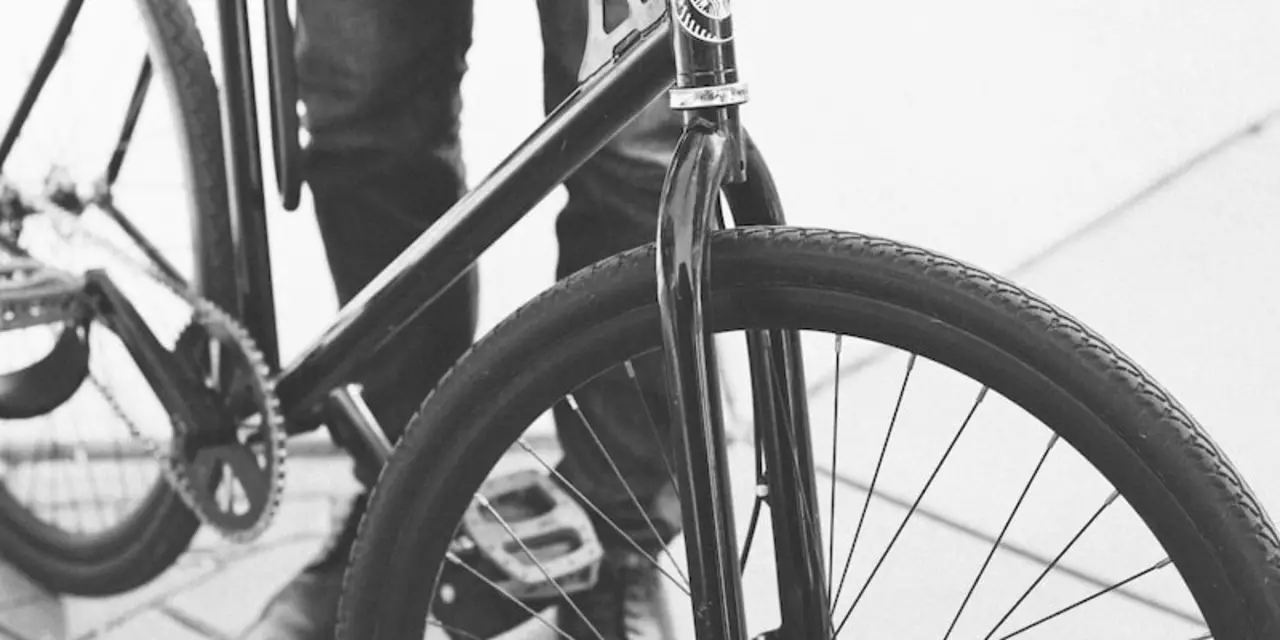Exercise Tips for Cyclists: Boost Your Ride and Fitness
If you ride a road bike, a mountain bike, or just use a stationary trainer, adding smart exercise to your routine pays off fast. You don’t need a gym membership or a personal coach – a handful of easy moves can raise your power, trim fatigue, and keep injuries at bay.
On‑bike workouts you can start today
Use the bike itself as a training tool. High‑cadence intervals are a great starter: spin at 90‑100 rpm for 1‑2 minutes, then drop back to a relaxed pace for 2 minutes. Repeat 4‑5 times. This trains your legs to stay fast without draining you.
Hill repeats are another quick fix. Find a short climb or crank up the resistance on a trainer, push hard for 30‑45 seconds, then recover for 2 minutes. Do 5‑8 repeats and you’ll feel stronger quads and glutes, the muscles that give you a solid pedal stroke.
If you’re short on hills, simulate them with standing sprints. Pull up out of the saddle, give a burst for 15‑20 seconds, then sit down and ride easy for a minute. It builds the same leg power while teaching you to stay balanced when you really need it.
Don’t forget cadence drills. Pick a low resistance and aim for 110‑120 rpm for 5 minutes, then rest. The extra speed trains your neuromuscular system and makes your normal cadence feel smoother.
Off‑bike exercises for better pedal power
Strength work off the bike fills the gaps that riding alone can’t. A basic body‑weight routine works wonders: 3 sets of 12 squats, 10 lunges per leg, and 15 glute bridges. These moves hit the same muscles you use while climbing, but without the bike’s motion that can sometimes hide weakness.
Core stability is a hidden hero for cyclists. Planks, side planks, and dead‑bugs keep your torso rigid so you don’t waste energy wobbling in the saddle. Aim for 45‑seconds per plank, 3 rounds each.
Flexibility matters too. A quick 5‑minute stretch after each ride – hamstring stretch, hip flexor stretch, and calf stretch – helps prevent tightness that leads to knee pain. Hold each stretch for 20‑30 seconds and breathe deep.
If you have access to light dumbbells or a kettlebell, add upper‑body work. Bent‑over rows, shoulder presses, and farmer’s walks boost grip strength, making it easier to hold the bars on rough terrain.
Finally, make recovery part of the plan. A day of easy spinning or a short walk lets the muscles rebuild, and a good night’s sleep seals the gains. Consistency beats intensity – a little exercise every day beats a huge effort once a month.
Mix these on‑bike and off‑bike drills into your weekly schedule, and you’ll notice smoother rides, stronger climbs, and more confidence on any terrain. Keep it simple, stay regular, and enjoy the ride.
Is cycling good cardio?
Cycling is an excellent form of cardiovascular exercise. It is low impact, so it can be done by people of all ages and fitness levels. It is also an efficient way to burn calories and improve your overall fitness. Cycling also increases oxygen intake, which helps to improve your cardiovascular health. Additionally, cycling can be done indoors or outdoors, making it a versatile exercise option. Overall, cycling is an effective way to improve your cardiovascular health and fitness.
How can much weight can I lose using a stationary bike?
A stationary bike is a great way to lose weight as it can burn a lot of calories in a short amount of time. Depending on the intensity of the workout and the frequency, it is possible to lose up to 2lbs a week. Additionally, a stationary bike can be used to target specific body parts, such as the legs and buttocks, to help tone and shape the body. It is important to remember to include a healthy diet in addition to the exercise to ensure that the weight is lost in a sustainable way. Overall, a stationary bike is an effective way to lose weight quickly and safely.
How do I track indoor cycling on Garmin?
This article explains how to use a Garmin device to track indoor cycling. It provides step-by-step instructions for setting up the device and syncing it with an app. It also discusses the benefits of tracking indoor cycling with a Garmin device such as detailed analysis of performance, real-time feedback, and ability to compare results with others. Finally, it provides tips on how to use the device to get the most out of your rides. In short, this article provides an overview of how to use a Garmin device to track indoor cycling, its benefits, and tips for optimizing the experience.


